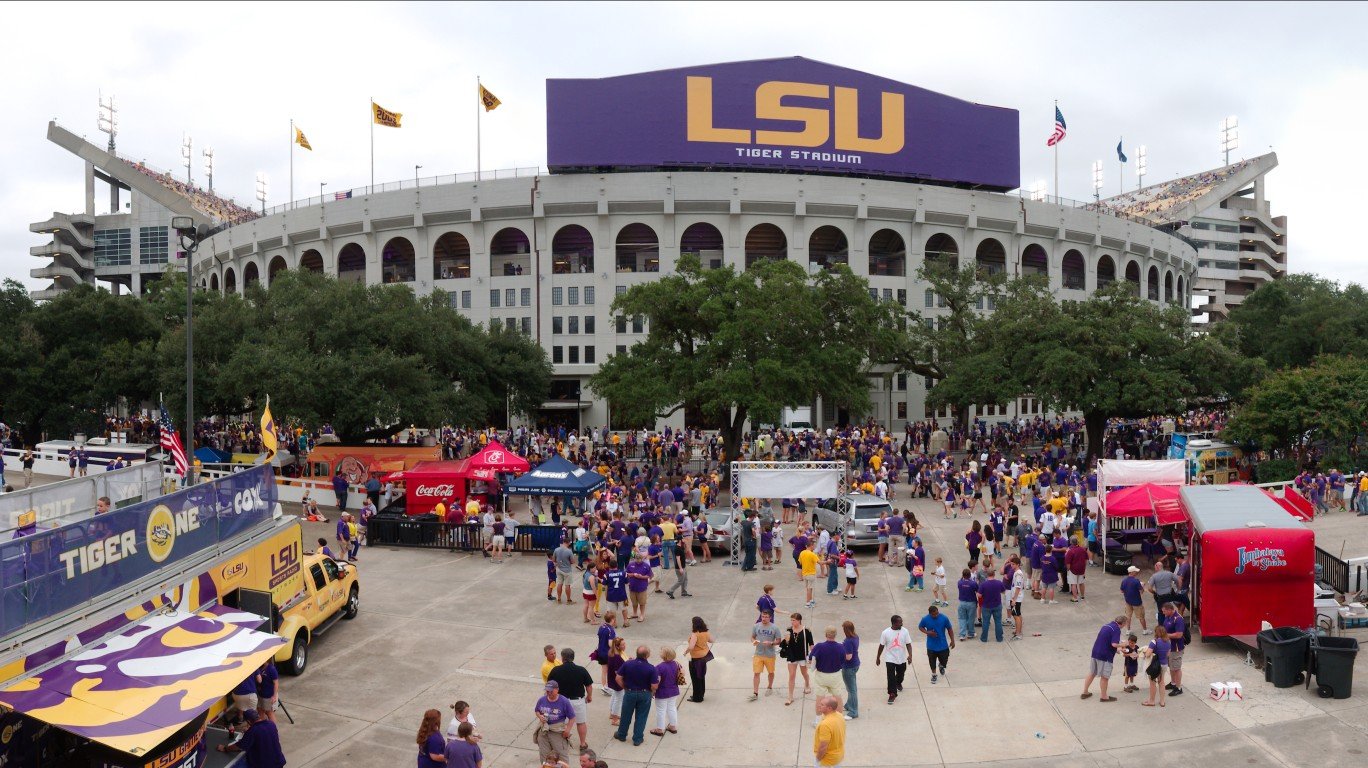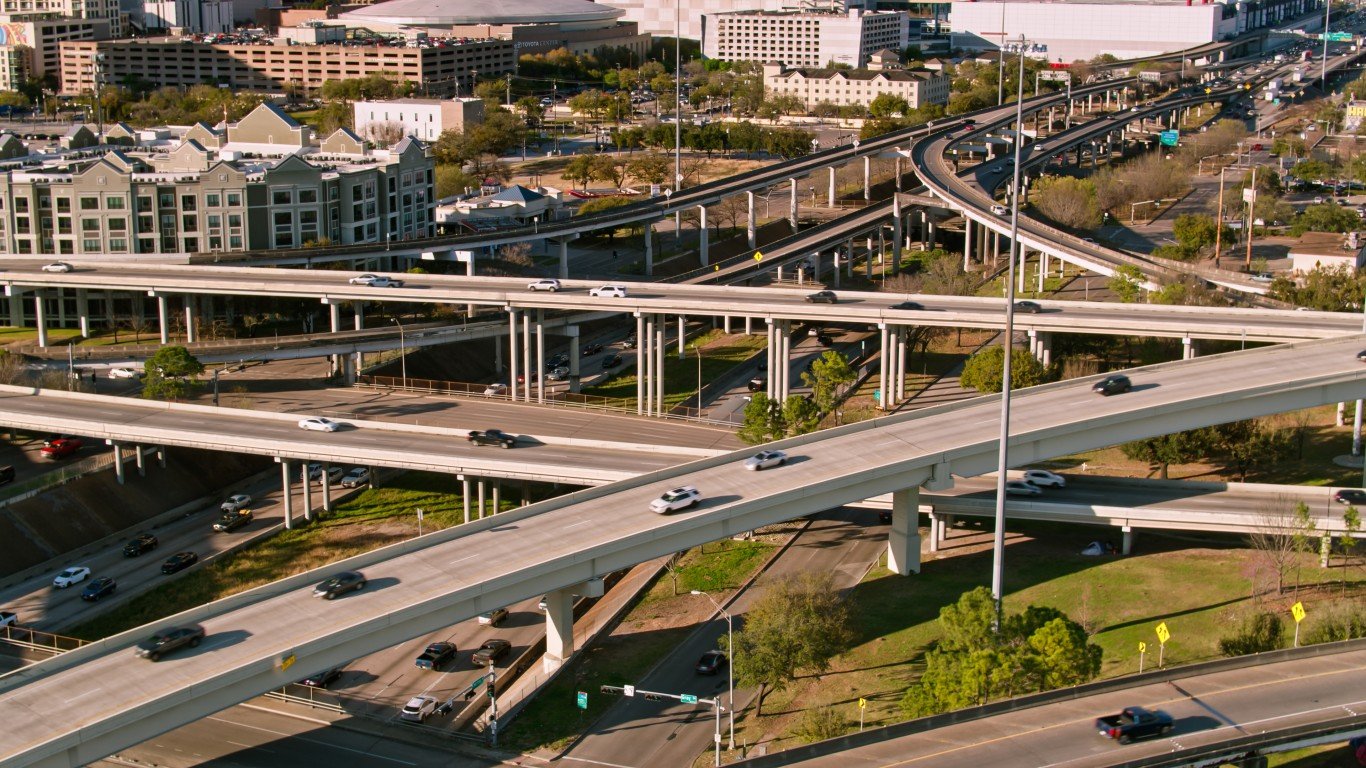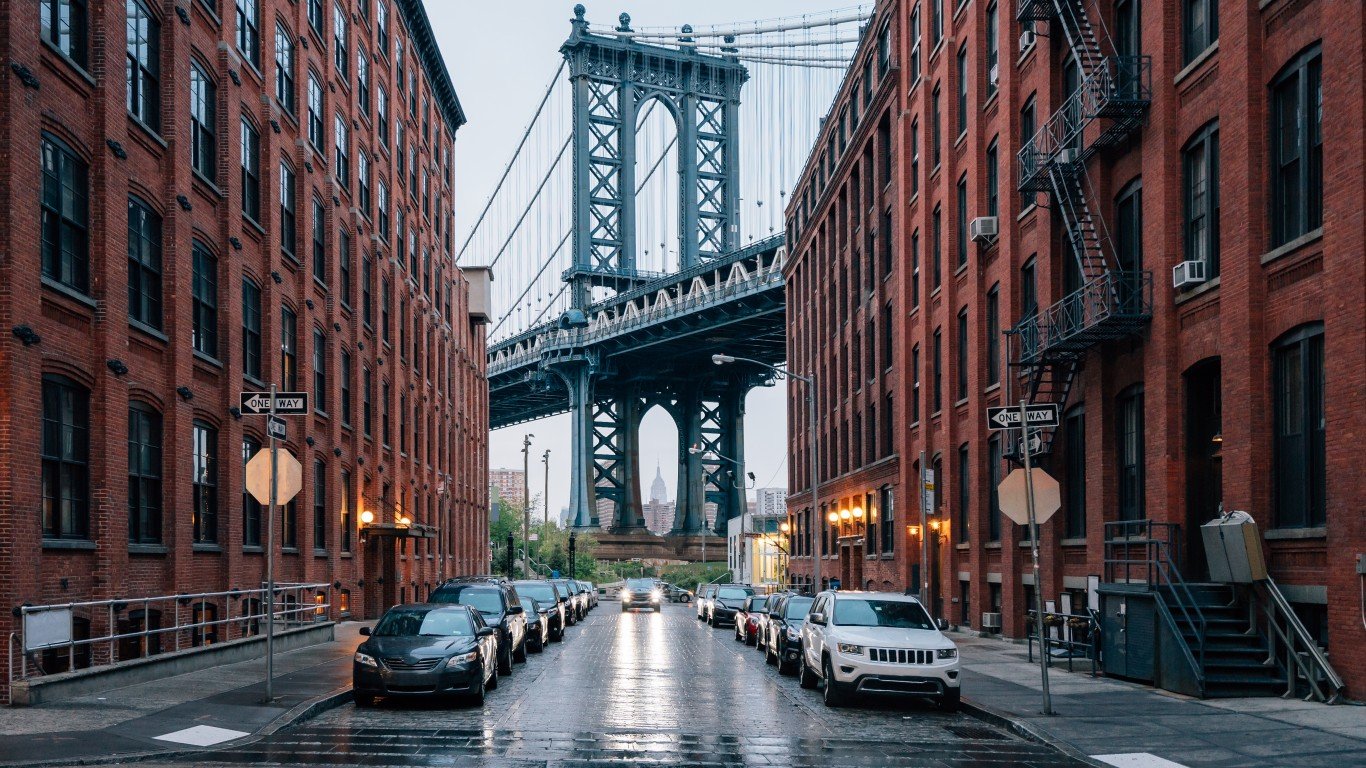

The American Society of Civil Engineers publishes results of a huge study called “The Report Card for America’s Infrastructure.” The most recent version is for 2021. Overall, the group gives U.S. infrastructure a grade of C−. Among the points the study makes is that 42% of America’s bridges are over 50 years old. The backlog of American bridge repair would cost $125 billion.
Of the 618,456 bridges in the United States (comprising over 396.2 million square meters of bridges), 7.3%, or 45,031 bridges (comprising 21 million square meters), were classified in poor condition as of 2020. Another 294,992 bridges, or 47.7%, were classified as fair, and 278,433 bridges, 45.5%, as good, according to the Bureau of Transportation Statistics.
Under federal law, states must periodically inspect bridges (based on standards set by the Pavement and Bridge Condition Performance Measures final rule) and report the findings to the Federal Highway Administration (FHWA). The deck, superstructure, substructure and culvert are all rated on a scale of 0 to 9. If all the elements rate at least 7, the bridge is classified as being in good condition. If an element rates between 5 and 6, the bridge is considered in fair condition. If any of the bridge’s elements rate 4 or less, the bridge’s condition is classified as poor.
To determine the state with the most bridges in poor condition, 24/7 Wall St. reviewed data from the FHWA. States were ranked on the share of total bridges classified as being in poor condition as of December 31, 2020.
Bridges are also considered structurally deficient “if significant load-carrying elements are in poor condition due to deterioration or damage” or if “the waterway opening of the bridge causes intolerable roadway traffic interruptions.” However, a bridge classified as structurally deficient is not necessarily unsafe and may require some measures taken or more frequent monitoring. If a bridge is found unsafe, it would be shut to traffic immediately.
To encourage state spending on structurally deficient bridges, there is a penalty threshold under the National Highway Performance Program (NHPP). If more than 10% of the total deck area of a state’s bridges is rated as structurally deficient for three consecutive years, the state must set aside NHPP funds for eligible projects on bridges on the National Highway System.
The statistics from FHWA are national. As with so much of the nation’s infrastructure, the conditions of bridges vary by state, with some in better shape than in others. The state with the most structurally deficient bridges is West Virginia, where 21.1% of a total of 7,297 bridges are considered as being in poor condition.
Take This Retirement Quiz To Get Matched With A Financial Advisor (Sponsored)
Take the quiz below to get matched with a financial advisor today.
Each advisor has been vetted by SmartAsset and is held to a fiduciary standard to act in your best interests.
Here’s how it works:
1. Answer SmartAsset advisor match quiz
2. Review your pre-screened matches at your leisure. Check out the
advisors’ profiles.
3. Speak with advisors at no cost to you. Have an introductory call on the phone or introduction in person and choose whom to work with in the future
Take the retirement quiz right here.
Thank you for reading! Have some feedback for us?
Contact the 24/7 Wall St. editorial team.



